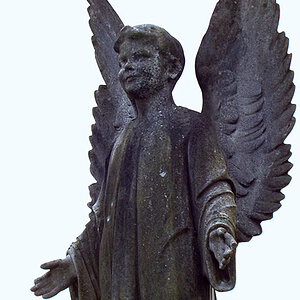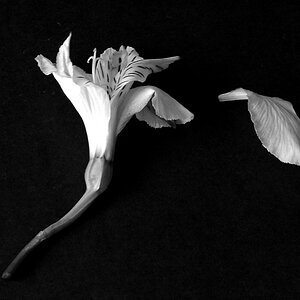Curt Weathersbee
TPF Noob!
- Joined
- Oct 20, 2016
- Messages
- 2
- Reaction score
- 1
Hey every body, this is my first post. I have a simple little Canon AE-1. I'm trying to get better photos, but trial and error gets expensive with film. I was wondering if you guys know of any websites that show photos and list the specifications of that particular photo (aperture, shutter speed, ISO, film type, what filters were used). I think it would be very helpful to see the technical aspects of a photo and what exactly they look like. It's easy to read: "For brighter colors, do this...for better contrast, do this" but I'd love to see it in a photo.
Thanks a lot
Thanks a lot


![[No title]](/data/xfmg/thumbnail/38/38265-4b75e7e05f8bf906800580ac7f7ddf60.jpg?1619738549)
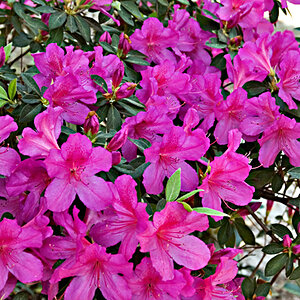
![[No title]](/data/xfmg/thumbnail/41/41901-789e8104ff95e5862c8f07611e3c34c0.jpg?1619739938)
![[No title]](/data/xfmg/thumbnail/40/40286-86401b94de8b01bea8bb4ea154aaea0a.jpg?1619739408)
![[No title]](/data/xfmg/thumbnail/41/41903-5ec48c22a1b66968c94f056b8ad647f2.jpg?1619739940)
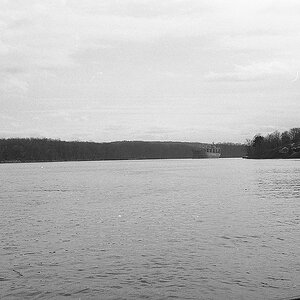
![[No title]](/data/xfmg/thumbnail/40/40285-2ce5915035c220ccb3485030863b62d0.jpg?1619739408)
![[No title]](/data/xfmg/thumbnail/32/32003-70dfe149c27224e28ba98e975984e01e.jpg?1619735147)
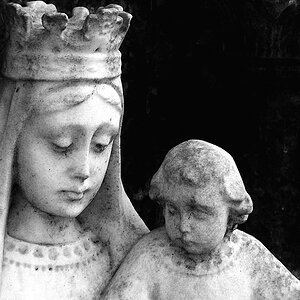
![[No title]](/data/xfmg/thumbnail/38/38266-292dc43125dad0d89dbd806503618171.jpg?1619738549)
